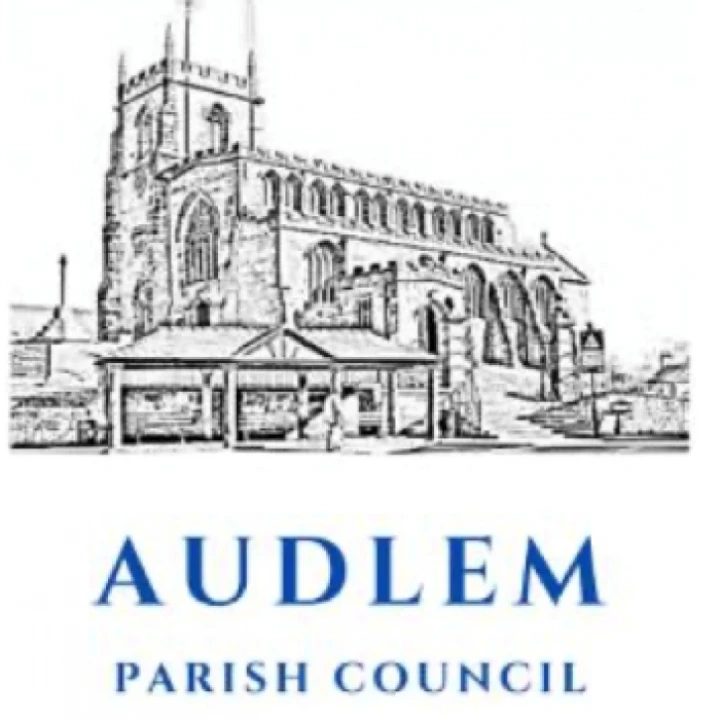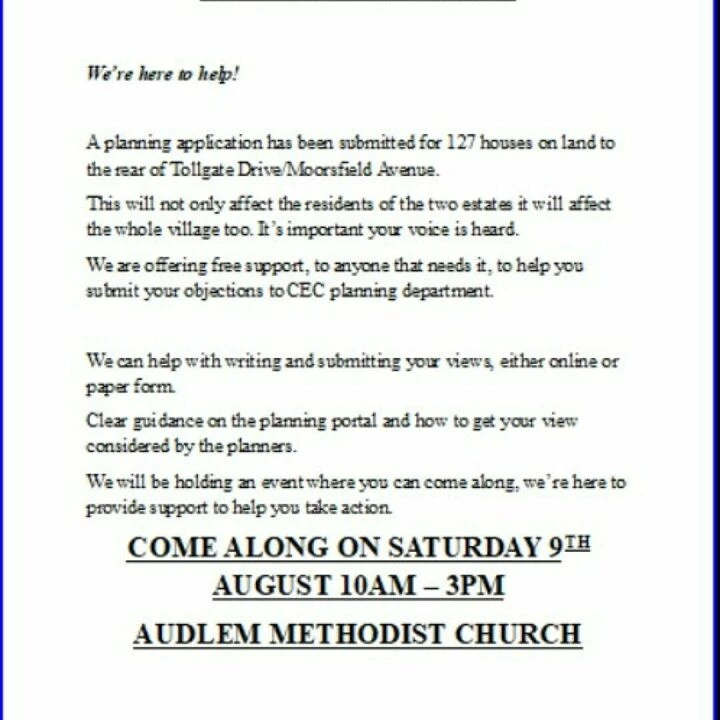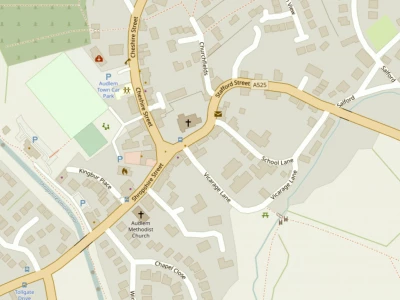







Frederick Soddy
Frederick Soddy (FRS) was an English radiochemist who explained, with Ernest Rutherford, that radioactivity is due to the transmutation of elements, now known to involve nuclear reactions. He also proved the existence of isotopes of certain radioactive elements.
He went to school at Eastbourne College, before going on to study at University College of Wales at Aberystwyth and at Merton College, Oxford, where he graduated in 1898 with first class honors in chemistry and then became a researcher at Oxford from 1898 to 1900.
In 1900 he became a demonstrator in chemistry at McGill University in Montreal, Quebec, where he worked with Ernest Rutherford on radioactivity. He and Rutherford realized that the anomalous behaviour of radioactive elements was because they decayed into other elements. This decay also produced alpha, beta, and gamma radiation. When radioactivity was first discovered, no one was sure what the cause was. It needed careful work by Soddy and Rutherford to prove that atomic transmutation was in fact occurring.
In 1903, with Sir William Ramsay at University College London, Soddy showed that the decay of radium produced helium gas. From 1904 to 1914, Soddy was a lecturer at the University of Glasgow. In May 1910 Soddy was elected a Fellow of the Royal Society. In 1914 he was appointed to a chair at the University of Aberdeen, where he worked on research related to World War I.
The work that Soddy and his research assistant Ada Hitchins did at Glasgow and Aberdeen showed that uranium decays to radium. It also showed that a radioactive element may have more than one atomic mass though the chemical properties are identical. Soddy named this concept isotope meaning 'same place'. The word 'isotope' was initially suggested to him by Margaret Todd.
In 1913, Soddy also showed that an atom moves lower in atomic number by two places on alpha emission, higher by one place on beta emission. This was discovered at about the same time by Kazimierz Fajans, and is known as the radioactive displacement law of Fajans and Soddy, a fundamental step toward understanding the relationships among families of radioactive elements.
In 1919 he moved to the University of Oxford where, in the period up till 1936, he reorganized the laboratories and the syllabus in chemistry. He received the 1921 Nobel Prize in chemistry for his research in radioactive decay and particularly for his formulation of the theory of isotopes and the same year he was elected member of the International Atomic Weights Committee. A small crater on the far side of the Moon as well as the radioactive Uranium mineral Soddyite are named after him.
His work and essays popularising the new understanding of radioactivity was the main inspiration for H. G. Wells's The World Set Free (1914), which features atomic bombs dropped from biplanes in a war set many years in the future.
Soddy had married Winifred Beilby in 1908 and died in Brighton, England in 1956.
Born 2nd September 1877 in Eastbourne, Sussex, England
Died 22nd September 1956 in Brighton, Sussex, England
But what sin is to the moralist and crime to the jurist so to the scientific man is ignorance.
This article is from our news archive. As a result pictures or videos originally associated with it may have been removed and some of the content may no longer be accurate or relevant.
Get In Touch
AudlemOnline is powered by our active community.
Please send us your news and views using the button below:
Email: editor@audlem.org


